
App Store Optimization (ASO): Tools, Strategy and Roadmap
In the modern digital landscape, mobile apps have become an inseparable part of billions of …
SEO -
25/09/2023 -
14 dk okuma
Stay up to date with Peakers
The importance of SEO in e-commerce websites is now known by everyone involved in the vast E-commerce industry. There is no limit to the digital strategies that brands offering products and services, especially in specific areas, can produce with many technical operations to reach their potential customers and benefit from the benefits of e-commerce SEO!
Have you met Growth Marketing, the broad digital marketing that combines 360-degree digital strategies and tries to reach customers through different communication channels? If you haven’t yet, we recommend you to read our ‘Growth Marketing‘ content.
The SEO strategy is a marketing strategy created for services and products while working on a road plan about the future of a site. E-commerce sites are an accumulation of efforts to produce an SEO strategy, with an aim to reach the user in the fastest and most efficient manner possible. Thanks to product marketing techniques, you can create efficient product pages and categories for your potential customers by optimizing the website architecture, performance, and accurate information of your current website.
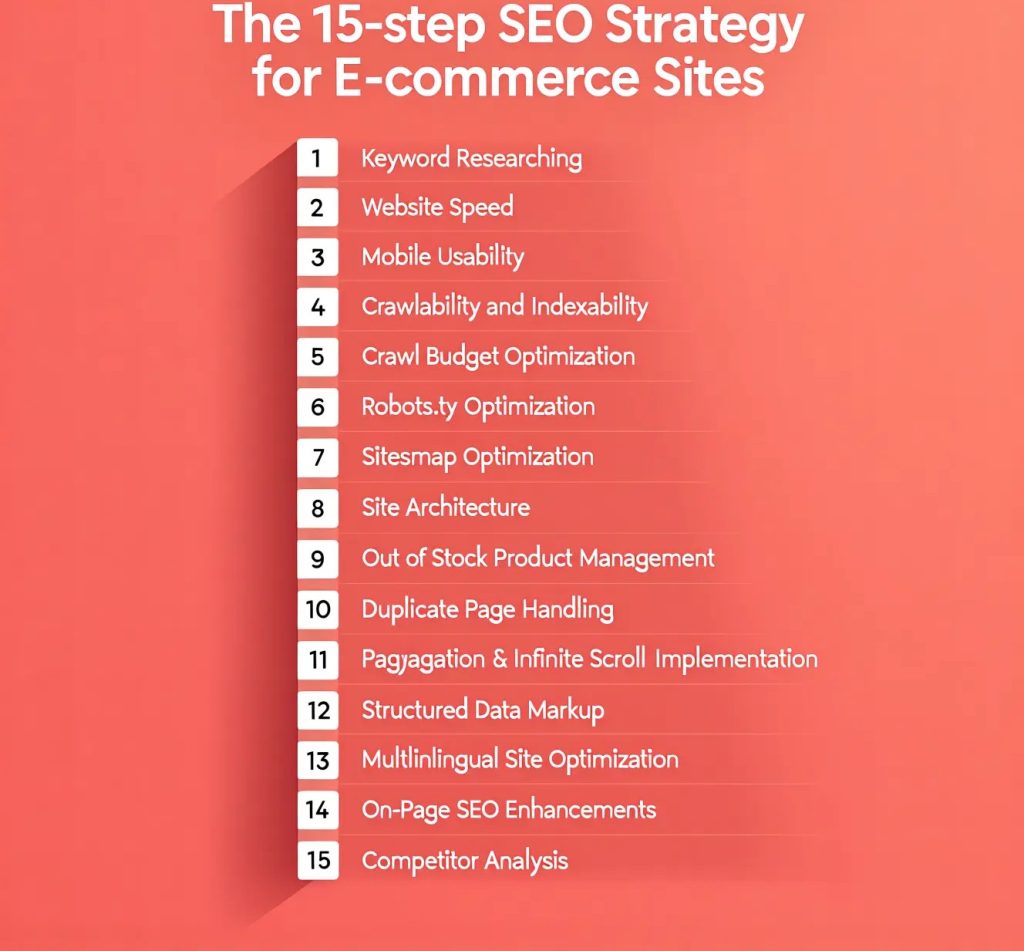
Since there are multiple criteria for implementing SEO strategies on e-commerce sites, it is important to check which one or which of these strategies is suitable for your site. Especially the web performance of brands that sell commercial products and want to increase their conversion rates by reaching large target audiences has to be quite good compared to their competitors. At this point, some of the most important actions you need to take will be to examine and process the applicability of the following SEO strategy steps to your site. Here are some steps:
Keyword analysis is very valuable in many digital service areas such as SEO, Paid Ads or Social Media Management. Businesses and agencies that want to make money in the digital market have to do keyword analysis in order to reach the right target audience in the right way.
This is also important for e-commerce sites:
If you want to overtake competitors in your field and want to be in the first results on the search results SERP screen, you should do the right research and know your target audience well!
5 Steps to Keyword Research We recommend you to read our article.
Here are some tools for free keyword research:
While doing SEO on e-commerce sites, it would be the most consistent start to strategize with the fact that sites with high page speed are rewarded by Google. Thanks to the improved site speed, you can rank higher, and you can also reduce the bounce rate of your users from your page. This will allow users to spend more time on your pages and navigate between pages.
How to do WordPress speed optimization? We recommend you to take a look at our content.
There are some factors that affect page loads that you should pay attention to when optimizing site speed. Below are some problems and solutions you may encounter in page speed optimization:
Optimization of JS-CSS files that make your website more understandable and workable by users and search engines is one of the biggest favors you can do for site speed!
How to optimize JS and CSS on WordPress websites? We recommend you to take a look at our content.
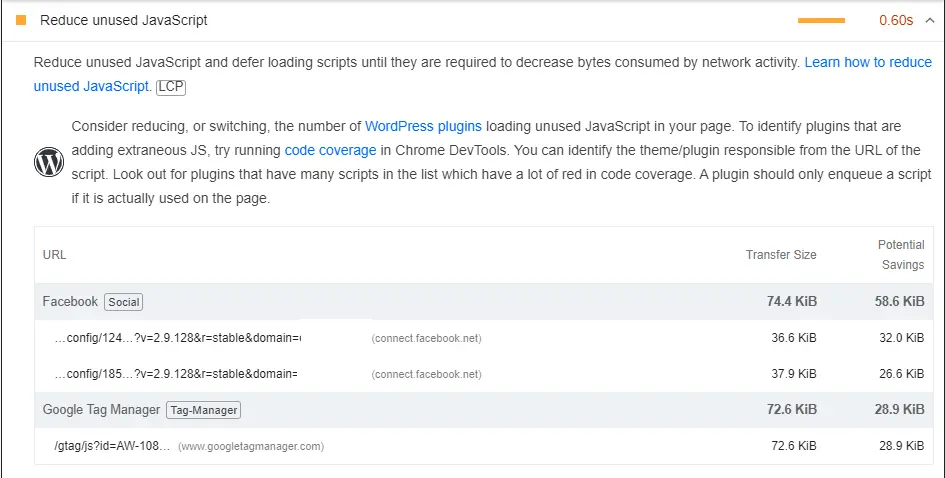
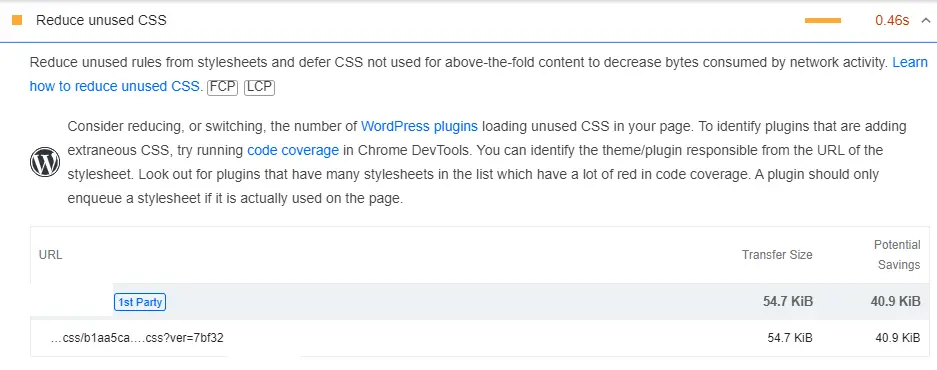
Again, one of the elements that affect page loading the most; videos and images. This type of content you offer on your pages should be loaded in smaller sizes and in some priority order according to its position on the page.
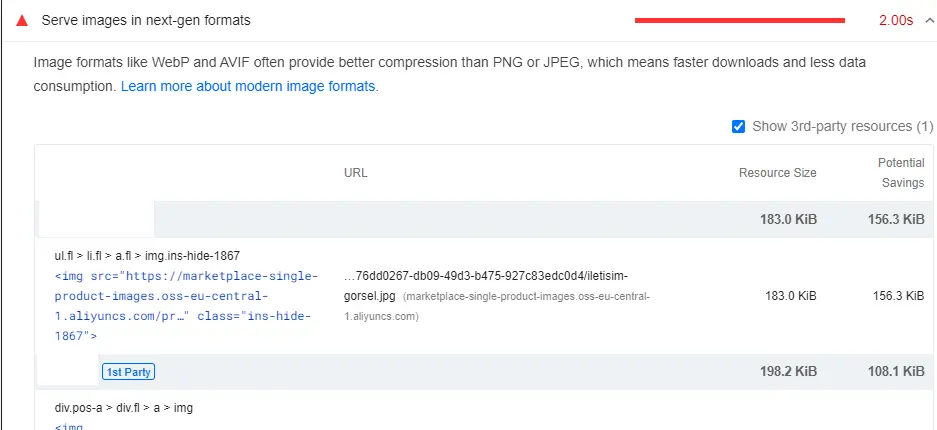
The use of lazy loading is a use that will benefit visual optimization from the suggestions we presented in the upper article. How? It will make your pages open faster by allowing you to load in priority order while the user is scrolling on your page or waiting for the page to load.

On websites made with custom software or ready-made e-commerce infrastructure, there may be files and codes that have been forgotten in the back code or added long ago but do not function now. Cleaning these will again improve page loading.
One of the situations that we encounter in some site speed scans and causes confusion in our brands is the Server problem. One of the best solutions to this problem is to quickly contact your Server provider and evaluate different server providers so that users in the countries you are targeting for conversion can reach your site faster.

Free tools you can use to test site speed:
Take Advantage of Automation with Artificial Intelligence!
How can you use your time more efficiently? Artificial intelligence saves you time by automating repetitive tasks. Learn how you can leverage AI to accelerate your business processes.
We know that in the modern world, the majority of shoppers buy and sell on mobile devices. That’s why mobile usability is very important for businesses that want to make money digitally. Opening your website in a way that is compatible with mobile devices, keeping users on the page in a way that encourages them to shop in terms of UX and UI will help your organic traffic values increase and your business earn more.
Of course, one of the easiest and free ways to examine whether your site is available on mobile is to check the ‘Mobile Usability‘ area in the Google Search Console panel, and you can review the pages that have problems as a result of Google crawls.
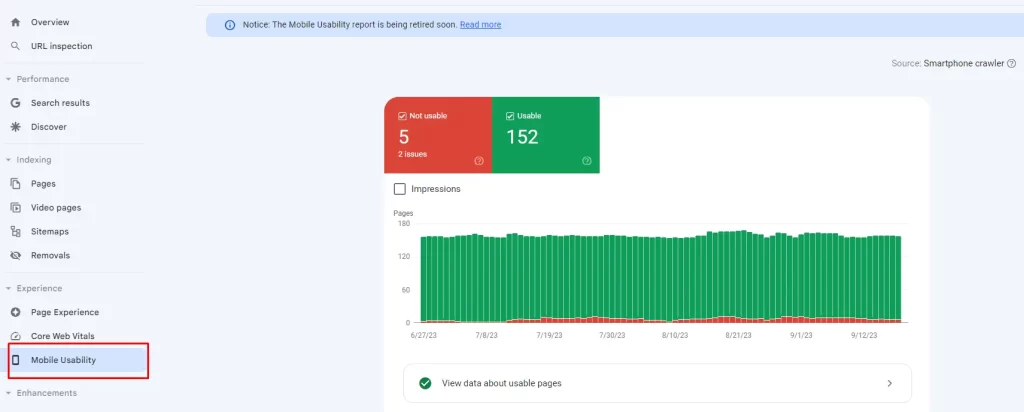
Although Google has stated that it will remove the ‘Mobile Usability’ field on the dashboard in the coming months; ‘It remains critical for users who are using mobile devices more than ever, and so it remains part of our page experience guidance.
Is Your E-Commerce Website Raking in Traffic but No Leads/Sales?
Get a Free Conversion Analysis Audit now!
Let's evaluate together how you can capture the attention of your target audience more effectively. The goal is to increase conversion rates ! Fill out the form now and get your free analysis report!
Google bots enter your e-commerce site and crawl the site from top to bottom. As a result of the scan, it indexes your site based on the keywords in your content. In the subsequent searches, the websites with the highest relevance among the indexed sites are more successful.
At this point, in order for your site to be crawled more and indexed faster; you should offer regular sitemap and robots control, fewer 301 or 404 status code pages, and optimized video and visual content.
Since there can be too many pages on e-commerce sites, we need to be careful about the crawl budget when doing SEO optimization. Google gives each web page a certain crawling budget. Therefore, we must create a crawling network that will use our budget correctly and consistently.
You can see the Google site page crawls, or in other words, which pages of your site the bots come and crawl at what time, from the Settings -> Crawl Statistics area in the Google Search Console panel.
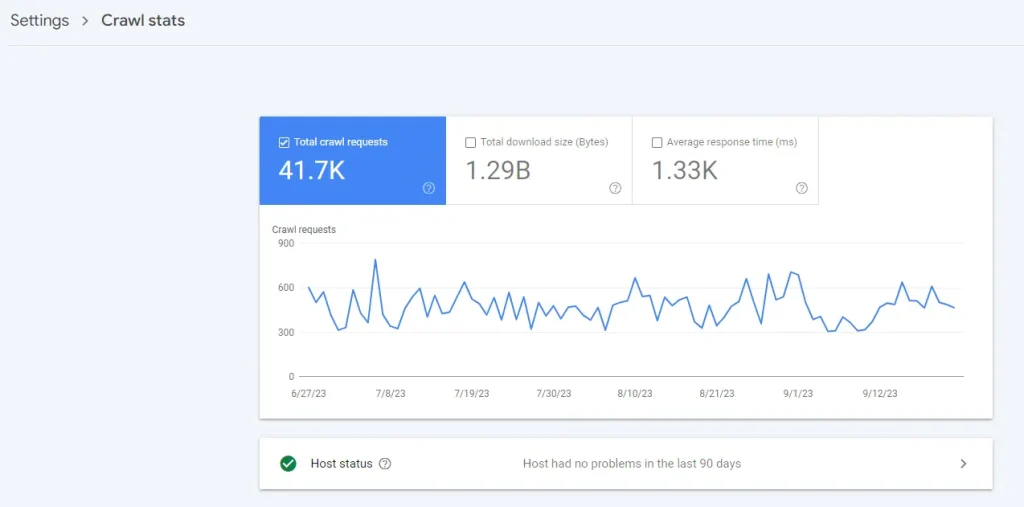
Robots.txt file is the first place that bots that come to crawl the website visit. So why is the robots.txt file so important?
In addition to being the first place that the bots coming to crawl look, it starts to crawl the pages in the website according to the Allow or Disallow commands you have placed on this file. That’s why we mentioned that you should use your crawling budget in the most accurate way.
In order to use your crawl budget in the most accurate way, you should inform search engines via the robots file which pages should or should not be crawled.
Here is an example:
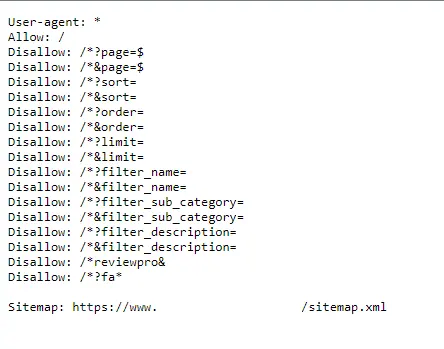
Bots need the sitemap file to discover pages after receiving the relevant commands. For this, you should always add your sitemap URL addresses that you think should be crawled to the robots file as in the format below.
Sitemap: https://www.example.com/sitemap.xml
As we said above, the first place that bots that come to crawl the page visit is the Robots.txt file. After receiving the commands given here for which pages to crawl or not to crawl, it heads towards the sitemap link. The sitemap link gives the search engine bot the opportunity to see all the pages in the site together.
This is the key point! Because it is very important which pages you give or do not give on the sitemap and which of these pages work with status codes such as 200 or 301, 404. Because all search engines, especially Google, allocate a certain crawling budget for your website and it is very important to use it correctly.
In one of Google’s biggest recommendations and guides on this subject, it was stated that all pages in the sitemap should work with a status code of 200, and pages returning with a status code of 301 or 404 should not be included in the sitemap.
However, whether you are a boutique business or a global brand, your sitemap structure should be set up correctly. You should present your product and category sitemaps in sub sitemaps according to product width. If your link setup is dynamic, your sitemap is automatically updated when a new page is added or removed. In this way, you can always present a sitemap.
Additional Information: Your Sitemap files must be in XML format. Here are Google’s Sitemap guidelines
Another issue we need to consider when doing SEO on e-commerce websites is the site architecture. Breadcrumb in the site architecture is one of the best examples of this. Through breadcrumb or main menu, you can show users and search engine bots how to navigate from the first page to the last page and whether there are links between which pages.

We see that e-commerce or B2B, B2C product pages give a ‘404 not found‘ warning when the stock is exhausted. This situation; As well as eating your budget on the crawling side, it will also cause the user who comes to the page to buy the product to leave the page.
To prevent such situations, if you place ‘Out of Stock‘ or ‘Notify When Arrived‘ buttons, users will not see the page 404 and will be able to request products. So why are we making this suggestion?
Mostly out-of-stock product pages returning 404 status code indicates that ‘not found’ pages are increasing on many e-commerce websites and users cannot reach some products they want to reach. If we do not want to experience such situations and do not want the user to jump from our site; You should redirect the method we recommend or the relevant page with 301 permanent or 302 temporary redirection.
One of the biggest problems we encounter when analyzing SEO on e-commerce sites is that not all meta descriptions, titles and content are unique.
Pages with copied content can negatively affect your crawling budget. In this case, our actual pages that we want to be crawled are not crawled and our traffic values may decrease.
This problem is usually encountered due to the large number of products or variant products on e-commerce websites, for example, let’s say we sell a phone with different color options. The content and titles of these product pages will be almost identical, which can create the problem of duplicate content. To avoid problems in terms of SEO, we can solve the problem as follows;
Whether you use pagination or infinite scroll on your website! The main point you need to pay attention to here is whether your pagination is working correctly.
For example, if you enable the infinite scroll feature on your category and product pages, then you should pay attention to the next and prev tags in the HTML and give them to the search engine more accurately. Although Google has not been interested in prev-next tags since 2019, some search engines like Bing can look at these tags to understand pagination.
The main point here is, do you really want the next product pages to be indexed? If so, you can present these pages to your users with a more unique URL, Meta tag and Canonical.
Structured data markup helps us to provide a user-oriented view by using various snippets while doing SEO on our e-commerce site.

With Schema.org, you can create unique schemas specific to your pages, as well as customize your web pages by using ready-made schema structures. Thanks to these customizations, even in cases where your websites do not rank at the top of the SERP results, your web pages can appear in front of the user in the ‘people to ask’ or video, image areas.
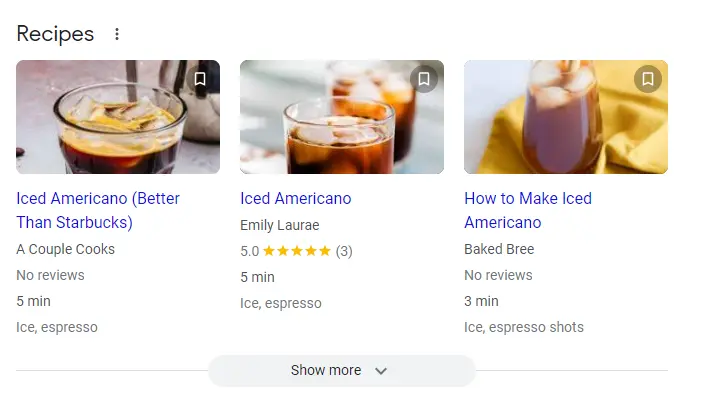
It allows you to enrich your pages in many areas such as site navigation, home page information, customizing the product detail page or creating a doctor page.
If your e-commerce website has more than one language option, you need to make your SEO optimizations in accordance with languages and countries. For example, let’s assume that you provide services in English and Turkish. In this case, you need to present both English and Turkish versions of all pages to search engine bots correctly.
With the hreflang tag on multilingual websites, you can link pages that have different languages but basically serve the same content, and enable users to access the same version page in their own language when they want to change the language.
In particular, hreflang markup on product pages will provide a correct transfer to bots, and you should offer images and videos suitable for the language context and international payment options to users on the same page.
On-site SEO optimization are elements that all websites should pay attention to, which seem like minor problems, but have a great impact on the appearance and crawling of a website.
If you use these elements correctly not only in SEO but also in many digital marketing channels, you can reach your digital goals faster. Here are the Onpage SEO issues that need attention:
Competitor analysis is very important for every brand that wants to be successful in digital to recognize its own field and the general competition in its sector. You should answer questions such as how is user behavior in the area you serve, what are users looking for, which content is consumed more by users?
When analyzing competitors in e-commerce sites, you should examine the websites that rank high in search results in the area you serve. You should evaluate issues such as the home page configuration, category tree and how the product detail page is presented to the user’s view.
Then, when you come to your own website, you can see the deficiencies more easily and act with the right strategies. Remember, with a good SWOT Analysis, you can discover a lot of missing and positive aspects, and you can make changes in content such as design or writing that you do not have.
Get an Offer


Join Us So You Don't
Miss Out on Digital Marketing News!
Join the Digipeak Newsletter.
Related Posts

In the modern digital landscape, mobile apps have become an inseparable part of billions of …

Is SEO an Effective Customer Acquisition and Patient Conversion Strategy for Aesthetic Centers and Plastic …

When it comes to digital marketing, especially SEO, we can say that new concepts and …

If you're reading this article, chances are you've recently been "banned by Google" This situation …